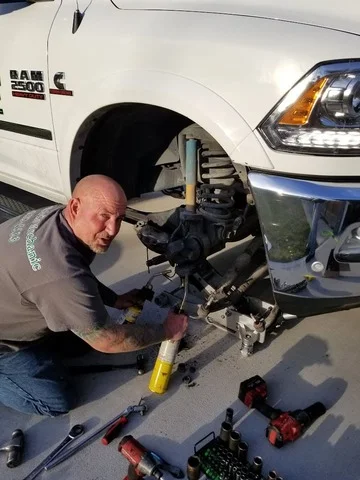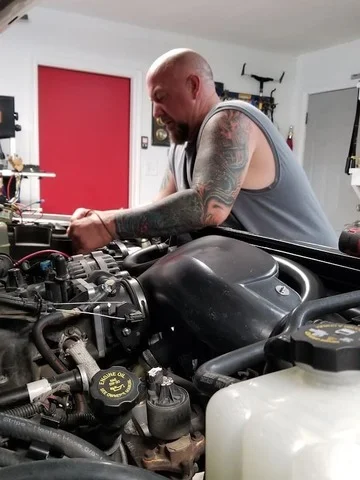Suspension
Automotive suspension refers to the system of components that connects a vehicle's frame or body to its wheels, and allows for movement and adjustment between the two. The purpose of the suspension system is to absorb shock from the road, maintain contact between the tires and the road surface, and provide stability and control while driving.
An automotive suspension system typically consists of several components, including:
- Springs: These are the primary means of shock absorption in a suspension system. Springs can be made of metal coils, or other materials, and are designed to compress and rebound as the wheels move over bumps and uneven terrain.
- Shock absorbers: Also known as dampers, these are hydraulic or pneumatic devices that help to slow the movement of the springs. By resisting the springs' motion, shock absorbers prevent the wheels from bouncing excessively and maintain contact with the road.
- Struts: These are similar to shock absorbers but also provide structural support for the suspension system. Struts are often used in front-wheel-drive vehicles and combine several elements of the suspension system into a single unit.
- Control arms: These are components that connect the suspension system to the vehicle's frame or body. They help to control the movement of the wheels and ensure stability and control while driving.
Automotive suspension systems can vary widely depending on the vehicle type, make, and model. Some vehicle manufacturers also offer adjustable suspension systems that allow drivers to change the suspension settings to optimize the vehicle's handling, ride comfort, and performance.
Regular maintenance of the suspension system is important for safe and efficient driving. This can include checking for wear and tear of the components, replacing worn parts, and ensuring that the wheels are properly aligned.






